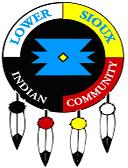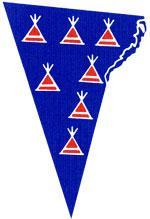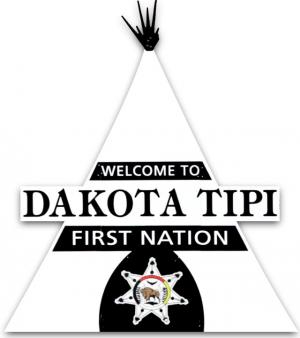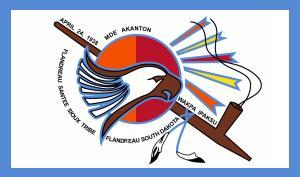You are here
 Permissions beyond the scope of this license may be available at Copyright and Use Information.
Permissions beyond the scope of this license may be available at Copyright and Use Information.
The Mdewakanton, "those who were born of the waters," have lived on Prairie Island for countless generations. Located in southeastern Minnesota along the wooded shores of the Mississippi and Vermillion Rivers, Prairie Island is a spiritual place for its people.
http://www.prairieisland.org/
http://www.indianaffairs.state.mn.us/tribes_prairieisland.html
Read more
The Lower Sioux Indian Community is a federally recognized Indian tribe located in south central Minnesota in Redwood County, approximately two miles south of Morton. While “Lower Sioux” was the name given to the band and their homeland after treaties with the United States in 1851, members of the Lower Sioux Indian Community are part of the Mdewakanton Band of Dakota.
Read moreThe land called Pejuhutazizi Kapi (the place where they dig for yellow medicine) has been home to the Dakota Oyate (Nation) for thousands of years. The Dakota have always occupied the area bordering the Minnesota River Valley except for in the late 1800s after the U.S.-Dakota War. At that time the Dakota were either exterminated, forcibly removed to reservations located elsewhere, or voluntarily fled to avoid harm.
Read moreNew Ulm, the City of "Charm and Tradition," is 90 miles southwest of the Twin Cities, in the heart of the scenic Minnesota River Valley.
Read moreThe Sisseton–Wahpeton Oyate (Sisitoŋwaŋ, Waĥpetoŋwaŋ) of Lake Traverse Reservation are located in the northeastern part of South Dakota and a small portion of southeastern corner of North Dakota. The reservation boundaries extend across seven counties; two in North and five in South Dakota. It has a total of 13,042 tribal members located throughout the United States and overseas.
Read more
Dakota Tipi First Nation is situated approximately 2.5 miles southwest of the city of Portage La Prairie, Manitoba, roughly 80 km west of Winnipeg, on the Yellow Quill Trail. The reserve consists of a total of 371.8 acres. Its population is 368, of which 183 are on the reserve and 205 are off.
http://www.dakotatipi.ca/
Sioux Valley Dakota Nation (SVDN), which was once known as Oak River Reserve, was recognized as a Canadian Indian Reserve in 1875. The reserve is located 45 minutes west of the city of Brandon, Manitoba and is 10 kilometers north of the Trans-Canada Highway #1.
Sioux Valley Dakota Nation has a total population of approximately 2,400 members. The Sioux Valley Dakota Nation is part of the Dakota Ojibway Tribal Council along with other Dakota and Ojibway bands in Manitoba.
http://www.dakotanation.com
Birdtail Sioux First Nation is a Dakota reserve located approximately 30 miles north of Virden, Manitoba, Canada. The nation's total registered population is 794 persons, of which on-reserve population is 458 persons on approximately 7,128 acres of land. It is a member of the Dakota Ojibway Tribal Council.
http://www.dotc.mb.ca/index.html
Dakota Plains Reserve No. 6A is located about 20 miles southwest of Portage la Prairie, MB and 65 miles southwest of Winnipeg, MB. It is a member of the Dakota Ojibway Tribal Council.
Whitecap Dakota First Nation is located about 15 miles south of Saskatoon, Saskatchewan, Canada. The on-reserve population is 429, including non band members.
http://www.whitecapdakota.com
The Flandreau Santee Sioux Tribe is located by Flandreau, near the Big Sioux River in Moody County, South Dakota. It is composed mainly of descendents of Mdewakanton Dakota, and is about 2,500 acres.
http://www.fsst.org/index.html
Viewpoints: All viewpoints expressed on this website are those of the contributors, and are not representative of the Minnesota Historical Society.










